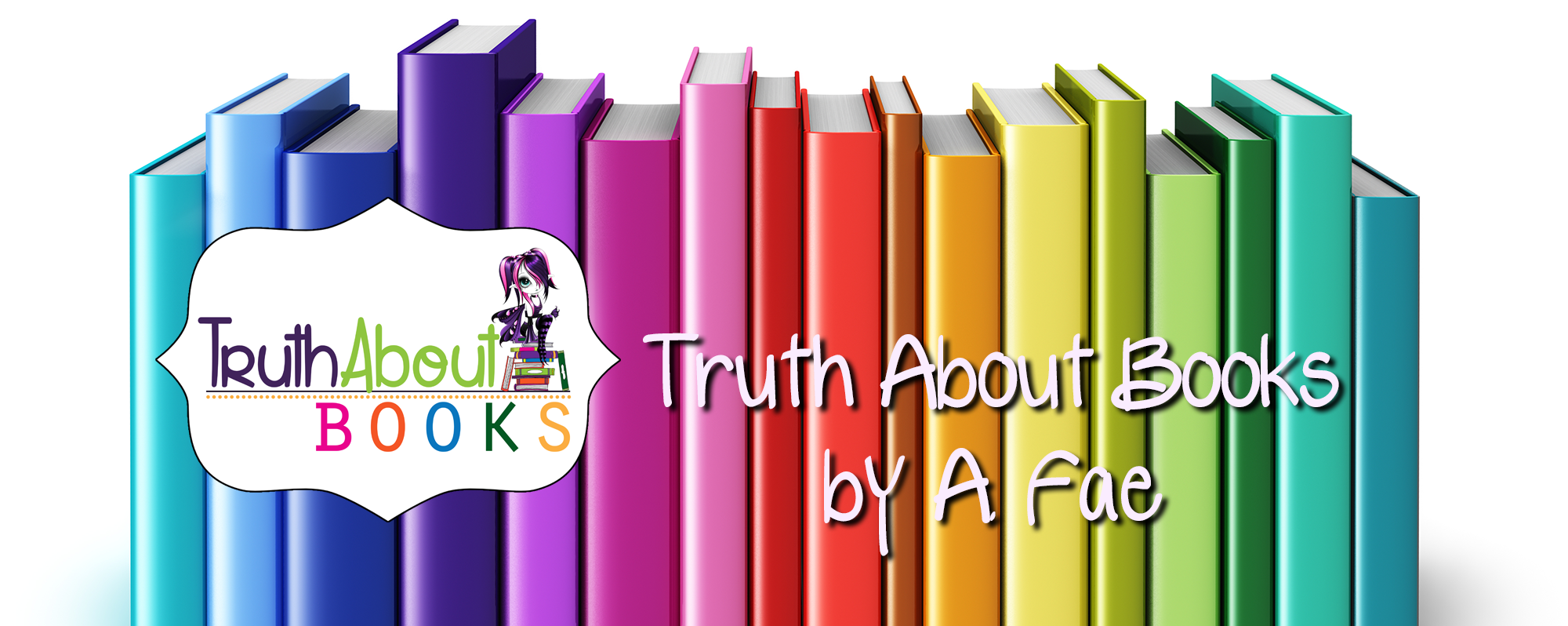No matter the medium, it seems like entertainment is playing a key role in society’s acceptance of LGBT+ people. It still has a long way to go, like the rest of the world, but one can’t deny that queer characters are showing up more frequently on our screens and in our books. From Cam and Mitch on Modern Family, to Cosima and Delphine on Orphan Black, to Alec and Magnus in The Mortal Instruments book series, and Sophia Burset on Orange is the New Black, it looks like many writers are starting to realize that it’s possible to write gay and trans characters well and that audiences want to watch and read their stories. However, there’s also a good amount of writers, including authors, that seem to think that simply mentioning gay and trans identities is enough to count as representation or make good comic relief.
“You met someone? She’s actually a woman, right?”
“I’m not, you know, like that. I’m into women.”
“Do you think Stacy and Marcy are, you know, a thing?”
I call this the “Drive-By Gay” phenomenon: suspicion is raised about a character’s sexuality or gender, but the character turns out to be straight and cis-gendered*, so the topic never comes up again.
On the one hand, I think I see what these writers are trying to do. Like everyone else, they’re becoming increasingly aware of the possibility that someone they meet, or a character they write, could be queer. They’re trying to be sensitive to that possibility.
On the other hand, since so often these characters turn out to be exactly what we expect, straight and cis-gendered, presenting the possibility of a queer identity just ends up filling up a few lines on a page and amounting to nothing. The accusations don’t further the story or develop the characters. To me, these moments feel like the author is trying to appear open-minded without putting in the effort to actually include queer characters in their stories.
I’m not saying such questions aren’t believable. I’ve been part of plenty of hushed conversations where my friends and I wonder if someone we know is gay, but the difference is that there are times when our suspicions are confirmed. With the “Drive-By Gay” phenomenon, odds are the reader already knows that the character in question is straight or they have assumed so because, let’s face it, 99% of the characters we see are straight. Other characters might be just discovering this, but it’s not a revelation that alters the story at all or develops the characters.
So why do we do this? Is it just to be amusing? To put our characters in an awkward situation for the sake of a laugh? Or is it, as I hypothesized before, so we can look more open-minded and accepting in front of our readers? Our straight readers, I mean, because most queer readers who actually want to see queer characters are not impressed by the “Drive-By Gay” phenomenon.
I’m not here to tell anyone what stories to tell or what kind of characters to include. And before anyone flips out in the comments, I’m not saying to flood your stories with queer characters. Most writers are straight and most readers are straight. I get that. However, it would just be nice to have the “Is so-and-so gay?” question come up and the answer be “yes” every once in a while, if, for nothing else, the sake of variety. After all, having a character actually be gay or trans makes your writing look a lot more progressive than a bait-and-switch or a punchline.
What do you think about the “Drive-By Gay” phenomenon? Do you think writers do it just to be funny, or are they trying to look progressive? Does it actually work? Do you notice that the phenomenon shows up in certain genres than others or have you never noticed it before? Leave a polite comment below and tell me what you think.
Written by Senior Reviewer Tay Laroi
#truthaboutbooks #drivebygay


You bring up some good points. Thanks for commenting. 🙂
I agree that it’s always nice to see LGBT+ characters included in works of fiction, casually or the main focus, and that being used as a joke is in bad taste.
I was referring to the times when questions about a character’s identity is raised, but they DON’T end up being LGBT+, nor does anyone else in the book for that matter. Those are the moments that make me let out long, exasperated sighs and wonder what the author was thinking and why this phenomenon seems to be so common.
Thanks for commenting again!
I appreciate that hetero authors are even to the point that they can recognize people might have different attractions than they do. Even having that much of a part in their books is a step forward in my opinion as long as it is handled with a respect for the differences.
That’s a good point. Everyone has to start somewhere. Thanks for sharing. 🙂
I think there are many reasons an author adds LGBT characters. It could be because, just like with racial aspects, we are living in a more inclusive world (for the most part). Or it could be to appeal to a broader reader base. It could be to sound more accepting, although the line above “Is she a real woman?” only shows ignorance, and I hope that was the author’s intent for the character and not a glance into their own.
As an LGBT author, I appreciate the casual mention of LGBT characters in books, although I dislike being used for comedic effect.